Jalisco: Day 3 - La Tequileña - Part I
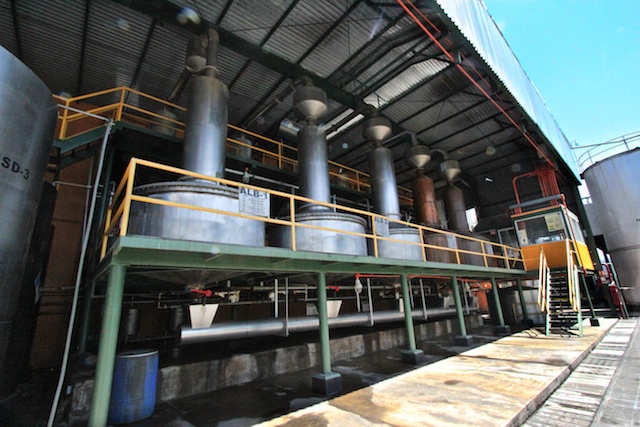
Enrique Fonseca's family has been growing agave in Jalisco since the 1880s; each new generation learning how to cultivate the plant in the fertile soils of the Highland region. Today Enrique, from the fourth generation of Fonseca farmers, is the largest private owner of agave in Jalisco. However, while most of his holdings lie near his amazing hacienda near the town of Atotonilco, his distillery is on the complete opposite side of Guadalajara in the town of Tequila -- a three hour drive from where he lives. Purchased from Bacardi in the late 1980s, La Tequileña Distillery isn't the most romantic-looking distillery, but it is one of the best-equipped. With five pot stills and even a large column still (on which he does distill tequila; making him the only producer I know of to use one for quality spirits), Enrique is cranking out high-quality distillates using many strategies that set him apart from other tequileros.
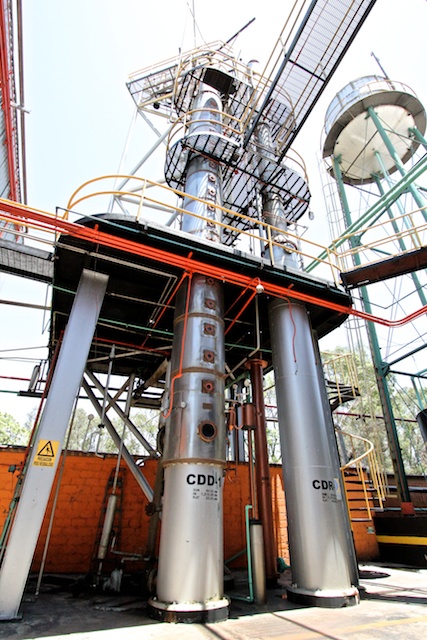
While there are plenty of other tequila distilleries with column stills, very few of them (if any) use the still for anything beyond neutralizing their agave spirits at super-high proofs. A column still is a great way to make green, unripe agave taste like flavorless, odorless, burn-free "tequila." Enrique, on the other hand, uses only one or two plates in the column and makes delicious, peppery, and slightly vegetal expressions with the equipment left by Bacardi. The still itself is an experimental model that allows him to play around with different proofs. Up until this point, I had no idea that column stills were even allowed in tequila production; the main requirement is that it be double-distilled.
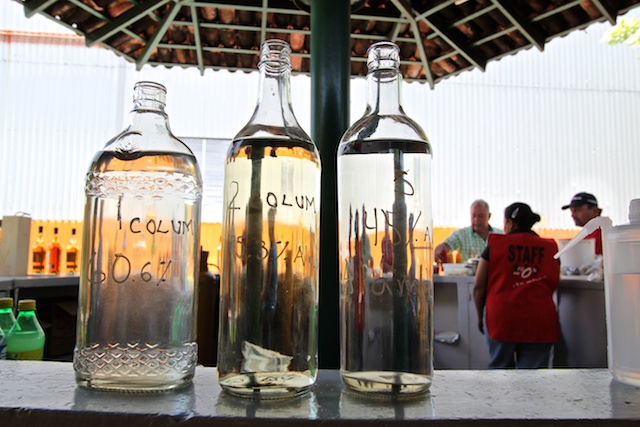
Getting to sample the different distillates right off the stills was one of the most amazing parts of the tour today. The high-proof pot still tequila was almost like white whiskey -- fruity and expressive, yet entirely tangy in a way. The column still tequila was intensely spicy. Neither tasted like I expected them to. "These are the spirits that go into the incredible Purasangre and Cimmaron tequilas?" I asked completely shocked. "They're still very tender as we just distilled them," he said to me, "We need to wait a few more weeks for them to settle." I also learned that, like our friends down in Guyana, most of Enrique's expressions are marriages of both pot and column still, which prompted me to mix both together and sample the result. "Ah," I exclaimed, "that tastes right." It's amazing to think that the ancient Fuenteseca we mixed a while back likely has both distillates within it.
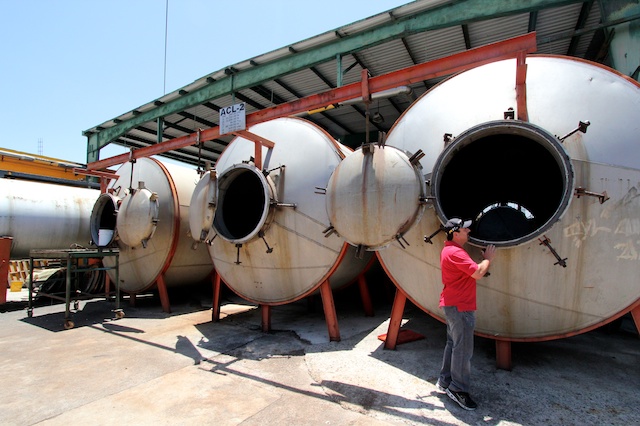
What else sets Tequileña apart from other distilleries? How about the fact that Enrique uses autoclaves for ovens? "That's kind of controversial," I said, "because people see the idea of pressure cookers as accelerators, a way to get more in less time." To which Enrique smiled and said, "Yes, David, but we only use it on the lowest level (under 1.0 atmospheres), to create the longest possible cook." It was never Enrique's idea to use these steel containers, but much like with the column still, if they came with the distillery and they work, why not use them? As long as you're making tequila the right way, who cares what the equipment looks like?
And what does that statement even mean: to make tequila the right way? It's tough to know unless you're aware of what many other distilleries are doing that, to me, constitute the wrong way; like adding glycerol to the final product, creating an artificially-smooth mouthfeel. Like adding urea into the fermenting wash, accelerating the yeast to convert the sugars at a more rapid pace. Like the now commonly-practiced technique called diffusing: a process introduced by the big boys that moves the agave along a conveyor belt while hot water is sprayed along the top, basically liquifying the important contents of the agave and eliminating the need for roasting or steaming. The liquids are simply collected, cooked, fermented, and distilled without all that chopping, shredding, or baking. You can make a lot more tequila that way, but of course it will taste like…well.
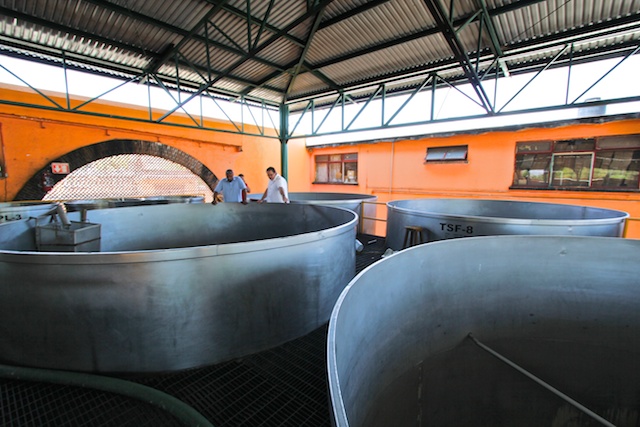
Enrique uses a patented, self-engineered screwpress (which I cannot show here as Enrique is protective about this proprietary technique) to essentially squeezes the juice out of the agave without the need for shredding or mashing -- processes that can easily strip essential sugars from the juice. What that means is that while other tequila distilleries are getting 6-8% ABV out of their fermento (or wash, or mosto), Enrique is putting his into the still at 15% ABV due to the extra sugar. He ferments only in large stainless steel tanks, allowing him to control the temperature and create a long, slow process to obtain that extraordinary percentage.
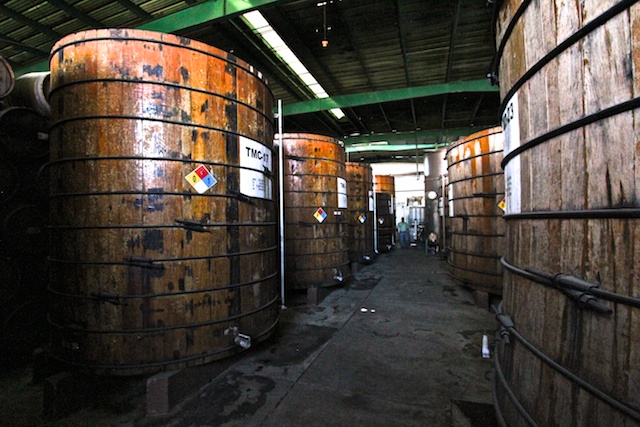
Yet another aspect that separates Tequileña from the pack are Enrique's various maturation vessels. He uses large foudre-like, wooden vats to age some of his reposado expressions, and he loves to experiment with different wood-types. Legend has it that he created a special, limited-edition tequila for William Grant back in the day that used Oloroso sherry butts.
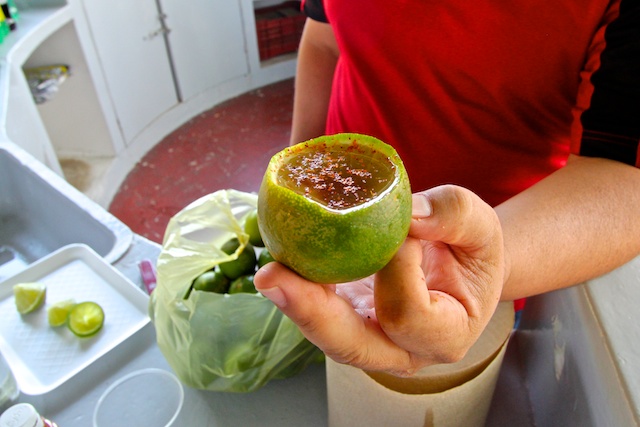
Perhaps the thing I love most about Enrique, however, is his penchant for fun over stuffy booze behavior. He is such an interesting, well-rounded renaissance man that you would think he'd be above something like drinking his delicious Purasangre blanco out of a lime with spicy fruit seasoning on top. But he isn't. This man owns land all over Jalisco, is a renowned architect, a supplier of various meats, and a scientist developing new kinds of homeopathic treatments from his many agricultural projects. He's like a real version of the Dos Equis "most interesting man in the world.
-David Driscoll
